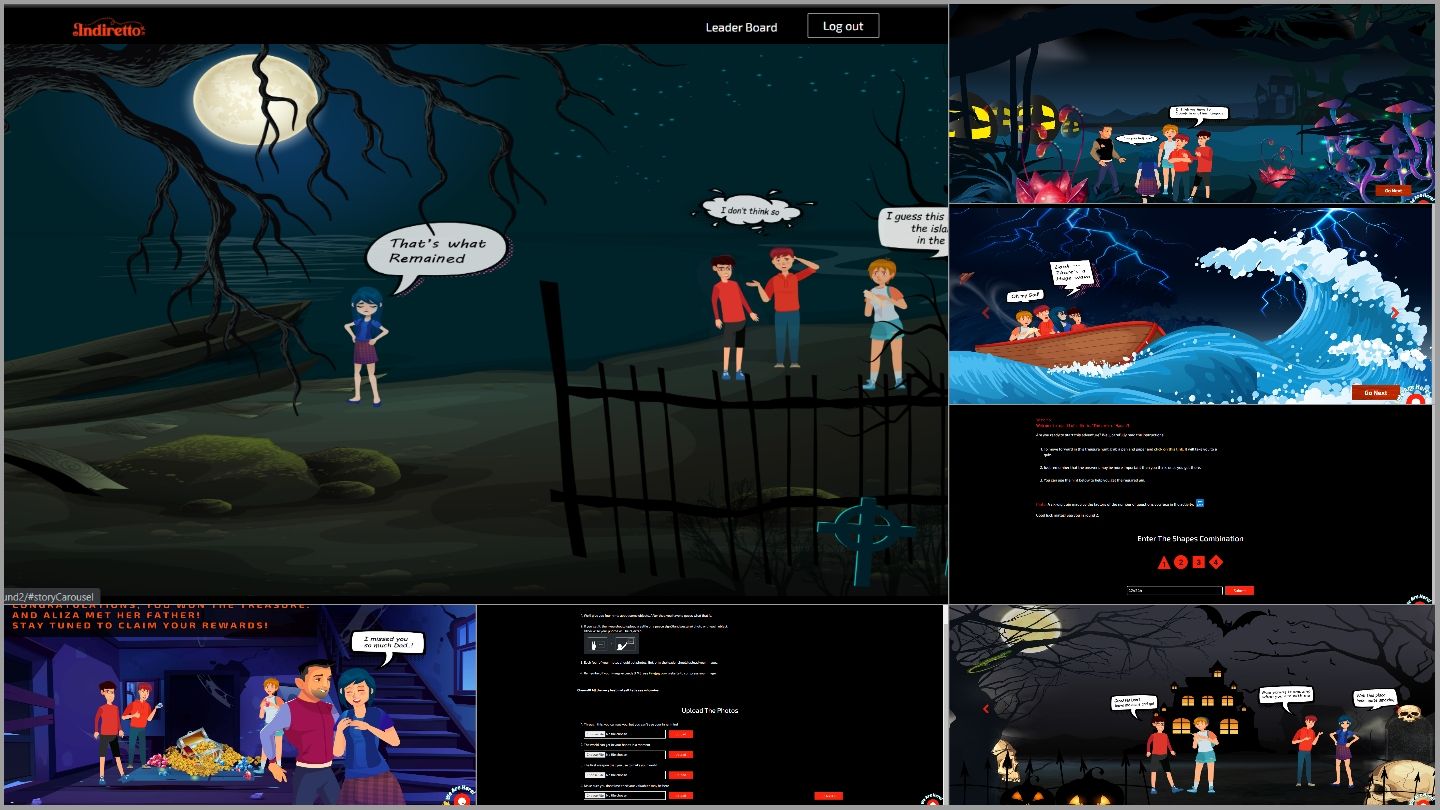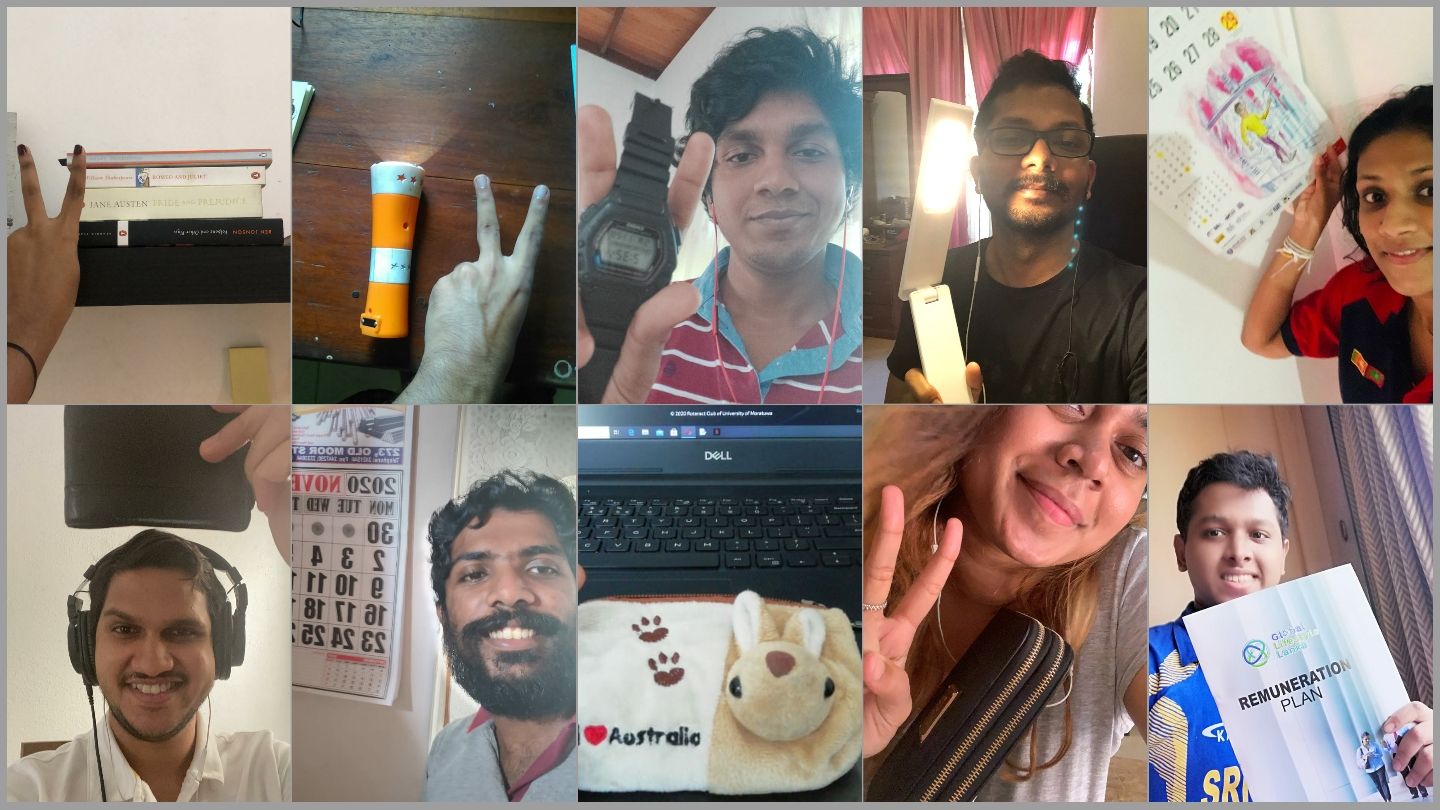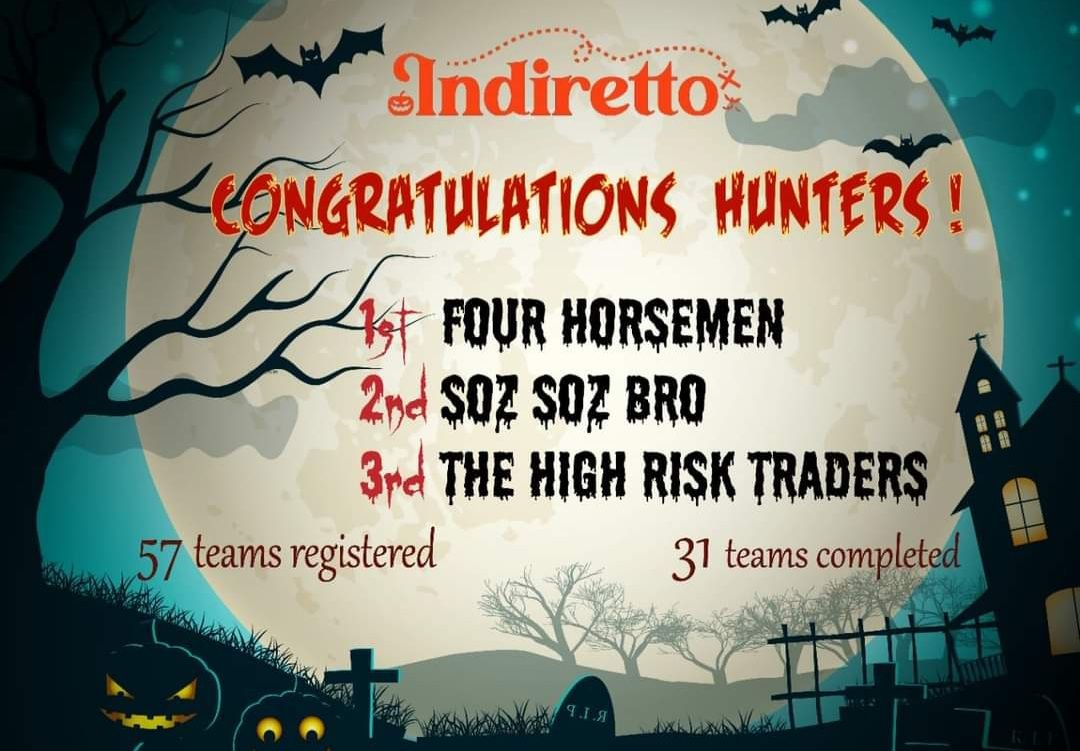RMMUN: A Dream Come True
February 10, 2021An Evening to Reminisce – Silver Jubilee Celebrations
March 24, 2021
Rotaract Mora always tries to come up with interesting solutions to various problems face by the community. The adaptability and the potential of the club was evident more than ever during the 2020 COVID pandemic.
In 2019, among many other events, the club organized a physical treasure hunt called “Refraction”. The idea was to conduct a similar event virtually for 2020. But how can an otherwise-physical treasure hunt, be virtual? That was the question that bugged the whole Organizing Committee (OC for short). The initial idea was conveyed to the Co-chairs of the event, and they had to come up with an idea on their own, on how to get things going. They wanted to do something innovative and interesting for the community, during this pandemic to bring joy to the community.
The Co-chairs did some research on the topic, analyzed the already done virtual treasure hunts and found some flaws with the element of user interactivity and engagement in those events. So, they wanted to make this event unique.
The idea that came on to the table was, to create a brand-new web platform to conduct the virtual treasure hunt. The word “Indiretto” was taken as the name for the event, meaning “to indirect”. After confirming the idea with the directors, the Co-chairs formed an OC of about 25 members.
The entire treasure hunt had to be visualized by the OC to gain an understanding on the scope of the project by the whole OC. Whimsical was used for this purpose. It was collaboratively developed among the members, refining the plan iteratively. After that, the website itself had to be designed from ground up. That was done using the collaborative UI design platform Figma. It took countless revisions to achieve the final design.

After the design, it was the time for the development. The site was developed using basic HTML, CSS, and JavaScript. The “Backend-as-a-Service (BaaS)”, Google Firebase was used as the database backend of the web platform. Also, we used Firebase hosting to host the website. The Tawk.to chat option was given on our site as a help for the participating teams. Our admins were readily available on the other side of this chat throughout the 4 hours of the hunt. Team registrations, submissions, scores, and leaderboard were tracked using this.
The Indiretto virtual treasure hunt had a source story of a girl named Aliza trying to find her missing father. In each quest, the final submission had to be done through the web platform. The first round was a kahoot quiz. It was based on popular TV series and movies. The hints about the questions were in our flyers. The team leader had to submit the answers after discussing with his/her 3 other members. We used kahoot team mode to achieve this. To complete the first round, they had to insert a number pattern based on the correct answers of the kahoot quiz.
The second round was to find a sentence of a foreign language that Aliza used to talk to a stranger on a remote island. The words that made up that sentence were hidden in the flyers that we have distributed throughout the project duration. Some were hidden with low opacity and some words were Morse-coded. The third round was a simple mini game which all the 4 members of the group took part in. In the fourth round, a secret PIN had to be entered. But the PIN was not-so-secret since we hid the digits of the PIN in the feedbacks that each team gets when they complete each round. The final round was a photo submission. We gave hints for 3 objects for each team and they had to find what that item is and submit a photo of it, as a selfie or with a peace sign hand gesture.
We had a hint pool of about 15 hints for 15 different objects. The image submissions were manually reviewed by our admins using a separately developed admin web app. To provide the admins a buffer time to review the image submissions, we had the teams waiting for 10 minutes after completing round 5.

The winner was the first team to complete the hunt, which the first team did in about 1 hour to our surprise (we thought it would take them about 2.30 hours). Second and third places were selected based on the scores. The winners were awarded with any-time data packages, to suit their own connection.
But it was not all smooth sailing; there were plenty of rough storms and calm seas throughout. One major problem was on how to conduct the treasure hunt virtually; we solved it by developing our own, brand new web platform from scratch. We also had an issue with some players being disconnected in round 3 where we needed all 4 members of a team to complete it. Thus some teams got very low marks.

We compensated scores for all teams by considering only the scores of players who finished within a given time. Meanwhile, developing the web platform, flyers, content and managing the logistics of the Project was a challenge of its own. Thankfully, we had a very talented OC, who listened to and understood all the requirements they were presented with, while adding values of their own.
Particularly, some OC members were not very tech-savvy in the beginning. This did not turn out to be a big issue since they easily caught up and gained hands-on experience on handling technical things.
In conclusion, the “Indiretto 2020” virtual treasure hunt was a massive success from our point of view, as well as based on the great positive feedback we got from the participants.
We are more than happy to continue this project for the coming years.
